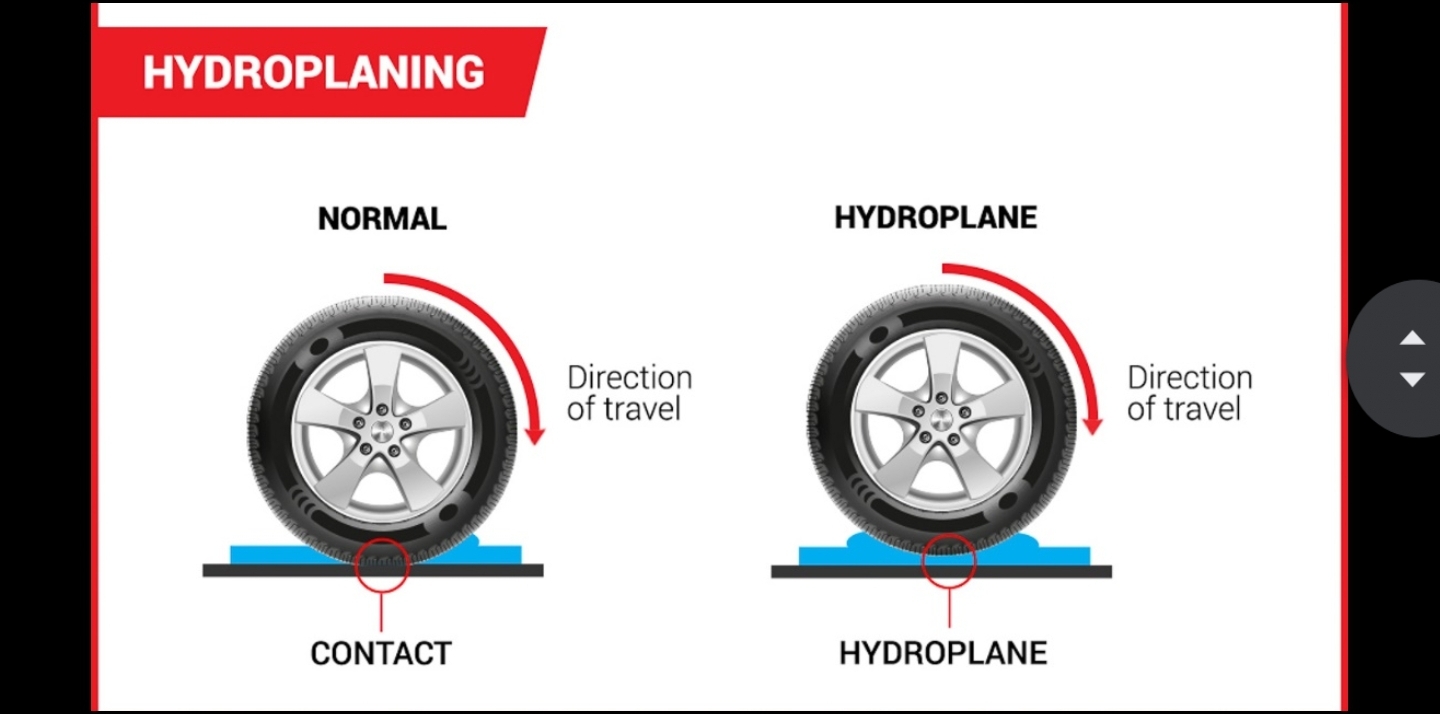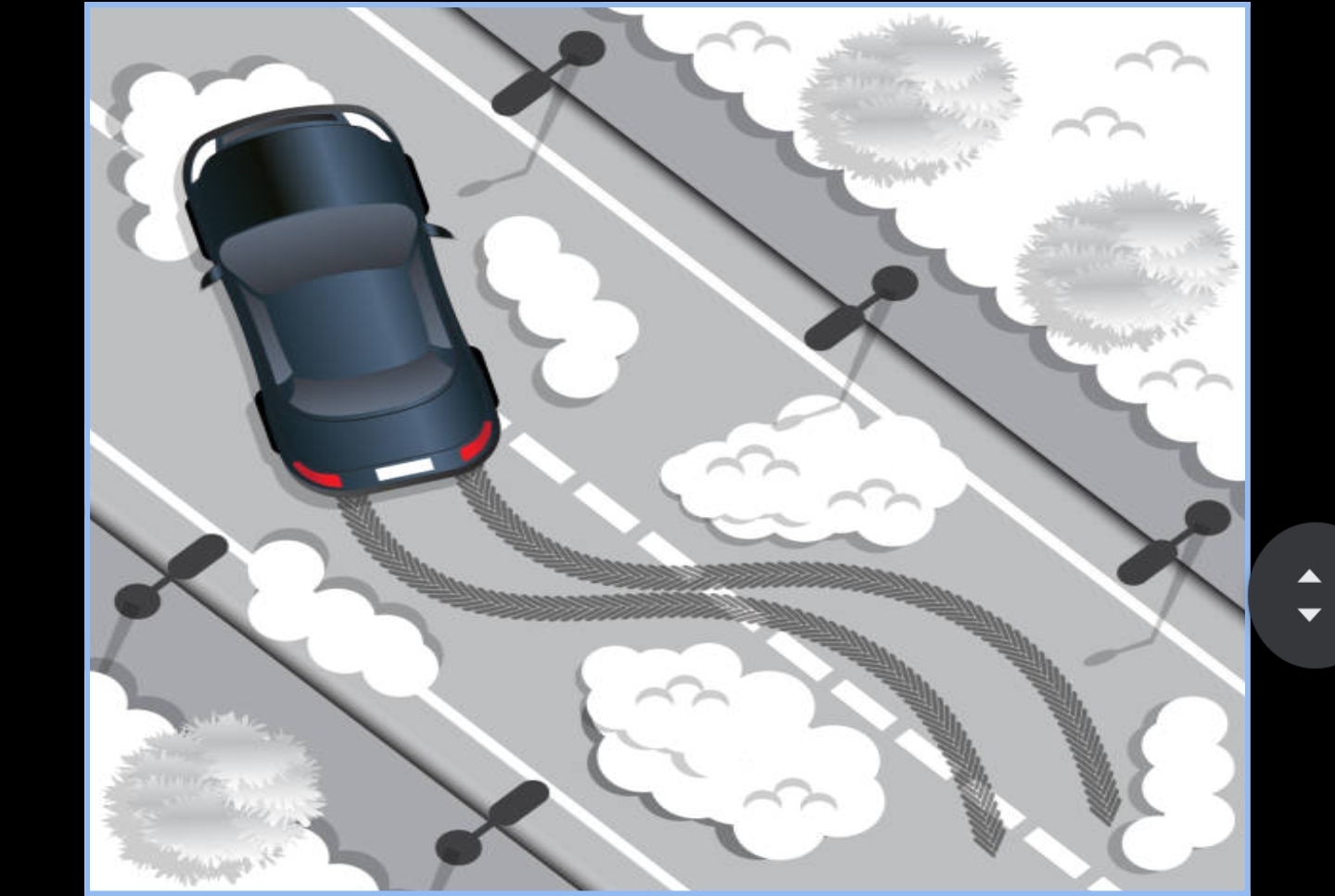Hydroplaning – skidding: What you need to know while driving on a wet surface
My dear motorists, have you ever been faced with that situation where you seem to have lost control of the steering of your vehicle or even stuck in the mud? Frightening right? Well, the rainy season is upon us again and most motorists especially those who frequently ply muddy roads are bound to experience hydroplaning and or skidding, one way or the other.
Before we commence the discussion on hydroplaning and skidding let’s digress. Did you know that in countries that experience the four seasons: winter, autumn, spring, and summer, motorists are bound to change their tyres depending on the season? Yes, there are summer tyres and winter tyres to help motorists confidently drive on and navigate slippery roads that come with the changing seasons. That is just by the way. Do we in Ghana, experiencing two seasons see any reason to change tyres seasonally? It’s quite unlikely. However, motorists must always ensure their tyres are in excellent condition with enough tyre thread – in order not to fail them – especially during the rainy seasons.
Let’s get back on track.
Ever gotten into a situation where you lose control of vehicle traction while driving on a wet or muddy road? Your car seems to be floating because your tyre has no contact with/grip on the road? That is hydroplaning. Hydroplaning by definition is simply the condition where the tyres of a vehicle lose contact with the surface of the road due to water on the road. In this situation, the tyres of the car slide on top of the water and make navigation control impossible.

So what of skidding? Skidding, like hydroplaning is the loss of tyre traction where the car slides on the surface of the road without necessarily rotating. There are various causes of skidding which includes driving too fast, sharply navigating a turn, oversteering and even hard braking.

My experience with skidding has to do with driving on muddy roads which is a frequent affair during the rainy season. I would personally say a motorist experiences skidding when the car seems to be sliding off a road due to its muddy condition. The mud prevents the tyre from gaining enough traction on the road. How? So in this case, the mud enters the thread of the tyres making them lose the traction it’s supposed to have and rather make the tyre slide on the surface of the road.
What to do in the face of Hydroplaning and Skidding
When you find yourself in situations of skidding or hydroplaning, there are some points to remember.
- The first rule to remember is to STAY CALM. Panicking might cause you to veer off the road and cause major accidents.
- Remember, DO NOT STOMP ON THE BRAKES. Instinctively, one’s first reaction may be to stomp on the brake to stop the vehicle but that may even result in being thrown off the road, the car somersaulting or causing major road accidents with serious injuries to the driver, other motorists or even pedestrians.
- Take your foot off the accelerator gradually to slow the car down and allow the tyres to regain traction while firmly holding onto the steering wheel
- And rather steer the car towards the direction you want to go until you are in the right direction again.
The word of caution is to always remember that hydroplaning and or skidding is sometimes inevitable, especially during certain weather conditions like rainy seasons in climatic zones like ours and on muddy roads like we find common in some areas in Ghana – particularly during the wet season. However, always remember to check the condition of your tyres and make sure there is enough thread on them to have better traction, drive slowly on wet roads while keeping a safe distance between you and the car in front of you and always remember to slow down before navigating a curve.
The author is a Communications Professional and a Managing Partner of Andcorp Autos, a fully owned Ghanaian automobile company and on-demand auto purchasing company which offers the best option for purchasing and importing quality vehicles (brand new, clean, salvage) from the USA, Canada and Asia.
Author’s email address: essahjanice@gmail.com



